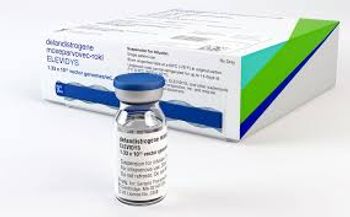
340B Program Helps Rural Hospitals Stay Afloat
How hospitals are using savings from the 340B program to support other programs.
Rural hospitals are facing a crisis, as many close or struggle to stay on top of rising expenses. But a new study shows that savings from the
The
Close to 90% of surveyed hospitals said 340B savings improved outcomes, like medication adherence (81%), reducing preventable readmissions (78%), and improving clinical outcomes (60%) for patients living with HIV, hepatitis, and other conditions. Seventy percent of hospitals reported using savings to provide discounted or free drugs to patients who could not afford them.
Related:
Of the rural hospitals surveyed, 93% said savings from the program are helping them to stay open and half said a loss of those savings would result in closure. Overall, about two-thirds of all hospitals said a loss of 340B savings would affect their ability to provide uncompensated care.
“Hospitals participating in 340B are a vital part of America’s health care safety net. These survey results show 340B hospitals are fulfilling the mission of the program established by Congress by caring for patients who are uninsured, underinsured, and reliant on Medicaid and other public insurance programs,” said Maureen Testoni, president and chief executive officer of 340B Health in a release. “It is extremely encouraging to note the improvements in patient outcomes that are resulting from the programs created by 340B hospitals.”
While compliance with the 340B program did result in some significant costs (between $100,000 and $200,000 annually, regardless of hospital location or size), savings were much higher.
Among all hospitals, average savings were $11.8 million per hospital. However, 34% of hospitals had less than $1 million in annual savings, while in rural hospitals average savings were just $2.2 million per hospital and over 60% reported less than $1 in annual savings.
Newsletter
Get the latest industry news, event updates, and more from Managed healthcare Executive.

















































